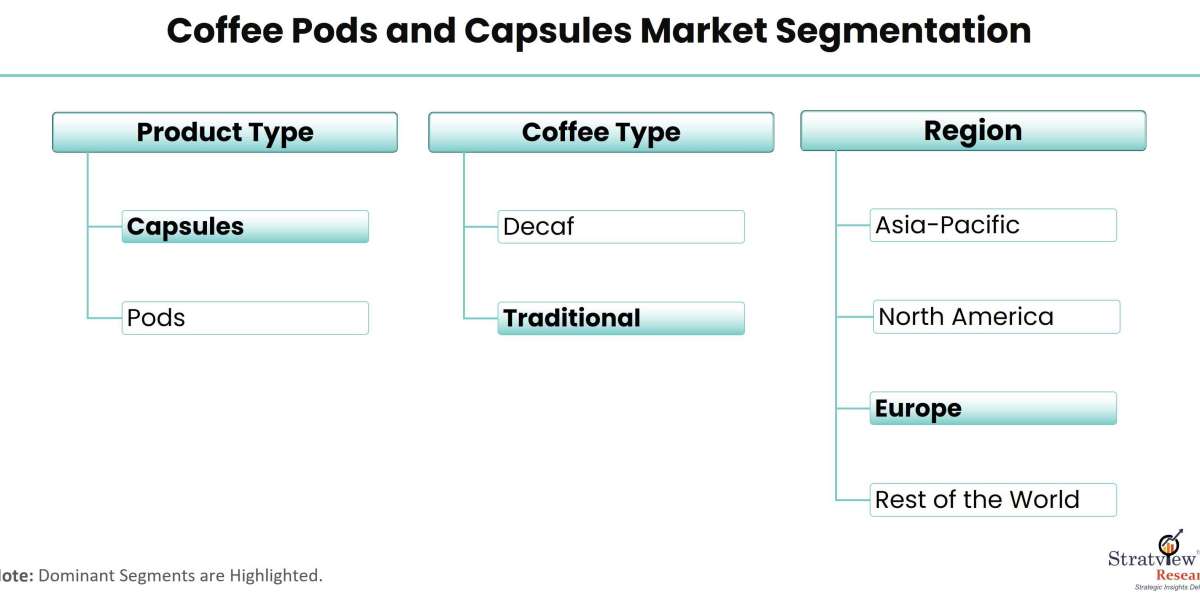The coffee pods and capsules market is a rapidly growing segment of the global coffee industry, characterized by convenience, innovation, and evolving consumer preferences. While the market has experienced impressive growth, it is also subject to several challenges. This article provides a comprehensive overview of the key drivers and restraints shaping the market.
According to Stratview Research, the coffee pods and capsules market was estimated at USD 25.1 billion in 2022 and is likely to grow at a CAGR of 6.89% during 2023-2028 to reach USD 37.54 billion in 2028.
Key Market Drivers
- Rising Demand for Convenience: The fast-paced lifestyles of modern consumers have driven demand for quick and easy coffee solutions. Coffee pods and capsules offer a hassle-free brewing process, making them an ideal choice for busy households and workplaces. Their ability to deliver consistent quality and flavor has further fueled their popularity.
- Premiumization of Coffee Consumption: Consumers are increasingly seeking high-quality, café-style coffee experiences at home. Premium and specialty coffee blends in pods and capsules cater to this demand, making them a preferred choice for coffee aficionados.
- Technological Advancements: Innovation in brewing machines and capsule technology has enhanced the overall coffee experience. From improved flavor extraction to compatibility with smart devices, advancements are driving adoption across diverse consumer segments.
- Expansion in Emerging Markets: The growing coffee culture in emerging economies, particularly in Asia-Pacific and Latin America, presents immense opportunities. Rising disposable incomes, urbanization, and the influence of Western lifestyles are contributing to increased adoption of single-serve coffee solutions.
- Sustainability Initiatives: The development of eco-friendly pods and capsules, such as biodegradable and compostable alternatives, is addressing environmental concerns, attracting a broader consumer base focused on sustainability.
Major Market Restraints
- Environmental Concerns: Traditional coffee pods and capsules are often criticized for their contribution to plastic waste and environmental degradation. Despite advancements in sustainable materials, public perception remains a challenge.
- High Costs: Compared to traditional ground coffee or instant coffee, pods and capsules are relatively expensive. This premium pricing can limit their accessibility, particularly in price-sensitive markets.
- Compatibility Issues: Not all coffee pods are universally compatible with brewing machines, which can lead to consumer frustration and hinder market growth.
- Regulatory Challenges: Strict regulations concerning food-grade materials and waste management can pose challenges for manufacturers, particularly in regions with stringent environmental policies.
Conclusion
While the coffee pods and capsules market benefits from convenience, innovation, and premiumization, it must navigate environmental concerns, cost barriers, and regulatory challenges. By addressing these restraints and leveraging emerging opportunities, the market can sustain its growth trajectory and redefine the coffee experience for consumers worldwide.













